Starting a garden can feel a bit like diving into the unknown, especially if you’re new to growing your own food. Imagine planting a few seeds and, in no time, watching them grow into lush, delicious veggies. It sounds pretty satisfying, right? But with so many options out there, how do you know where to start?
What if I told you some vegetables are practically foolproof for beginners? These veggies are not only easy to grow but also come with some pretty awesome benefits. You’ll be amazed at how a few simple choices can set you up for gardening success and put you on the path to a bountiful harvest.
Curious about which veggies can help you kickstart your gardening journey with confidence? Let’s dig in and explore which ones are perfect for getting your hands dirty and your garden growing.
Why Easy-to-Grow Veggies Are Perfect For Beginners

Starting with easy-to-grow vegetables is like having training wheels on your gardening bike. The satisfaction of seeing your plants thrive and produce a harvest can be incredibly motivating. It’s that little nudge you need to keep going and try new things.
These veggies also help you get a handle on the basics without feeling overwhelmed. You’ll learn how to water properly, manage weeds, and understand what your plants need. Once you’ve got these fundamentals down, you’ll be ready to tackle more challenging plants with confidence.
If you’re committed to a vegan and organic lifestyle, these veggies fit right in. They flourish without synthetic fertilizers and pesticides, allowing you to stick to natural compost and plant-based pest control methods. It’s gardening that aligns with your values.
Growing your own vegetables also means you know exactly what goes into them—no animal products or harmful chemicals. This control is essential for vegans who want to ensure their garden is as ethical and environmentally friendly as possible.
Let’s dive into why they’re the best starting point:
1. High Success Rate:
First off, these vegetables are tough cookies. They can handle a variety of conditions and aren’t easily bothered by pests or diseases. This resilience means you’re more likely to see success, which can be a huge confidence booster, especially when you’re just starting out.
2. Quick Gratification
Who doesn’t love quick results? Many of these veggies grow fast. Take radishes, for example—they can be ready to harvest in just three weeks. This speedy growth keeps you engaged and excited, rather than having to wait months to see the fruits (or veggies) of your labor.
3. Minimal Maintenance
These plants are low-maintenance, which is a blessing when you’re learning the ropes. They don’t need constant attention, can handle different soil types, and are pretty forgiving if you make a few rookie mistakes. It’s like having a safety net while you learn.
4. Cost-Effective
Starting with these veggies won’t break the bank. The seeds are cheap, and because they’re easy to grow, you’re not likely to waste money on failed crops. Plus, growing your own food saves you money at the grocery store—double win!
Top 10 Easy-to-Grow Veggies
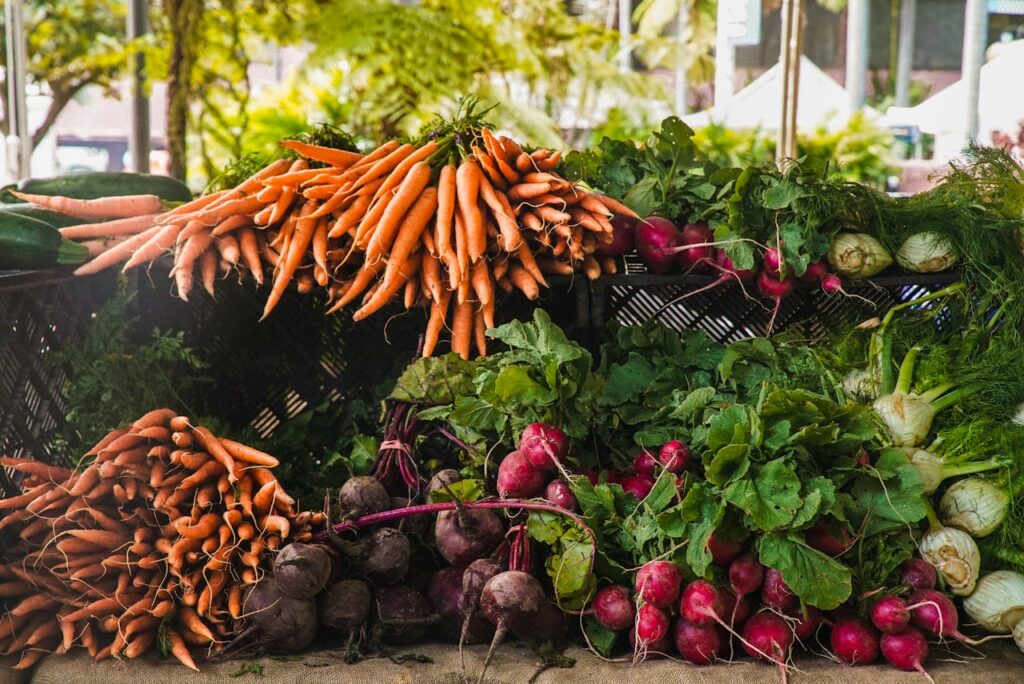
Here’s the fun part and the one you are here for – picking out the veggies that are perfect for beginners! These top 10 easy-to-grow vegetables are not only simple to cultivate but also provide a great start for your garden.
Let’s dive into each one and see what makes them ideal for new gardeners.
1. Radishes – Quick and Rewarding

Radishes are among the easiest vegetables to grow, making them perfect for beginners. They thrive in both full sun and partial shade and mature quickly, usually within about three weeks. Radishes are not only fast-growing but also low-maintenance, requiring only consistent moisture and well-draining soil.
From a nutritional standpoint, they offer a good dose of vitamin C, potassium, and fiber. Environmentally, they have a minimal impact due to their short growing cycle and low resource needs. Plus, they’re cost-effective—growing radishes at home can save you money and they contribute to digestive health with their high fiber content.
2. Lettuce – A Fresh Start to Your Garden
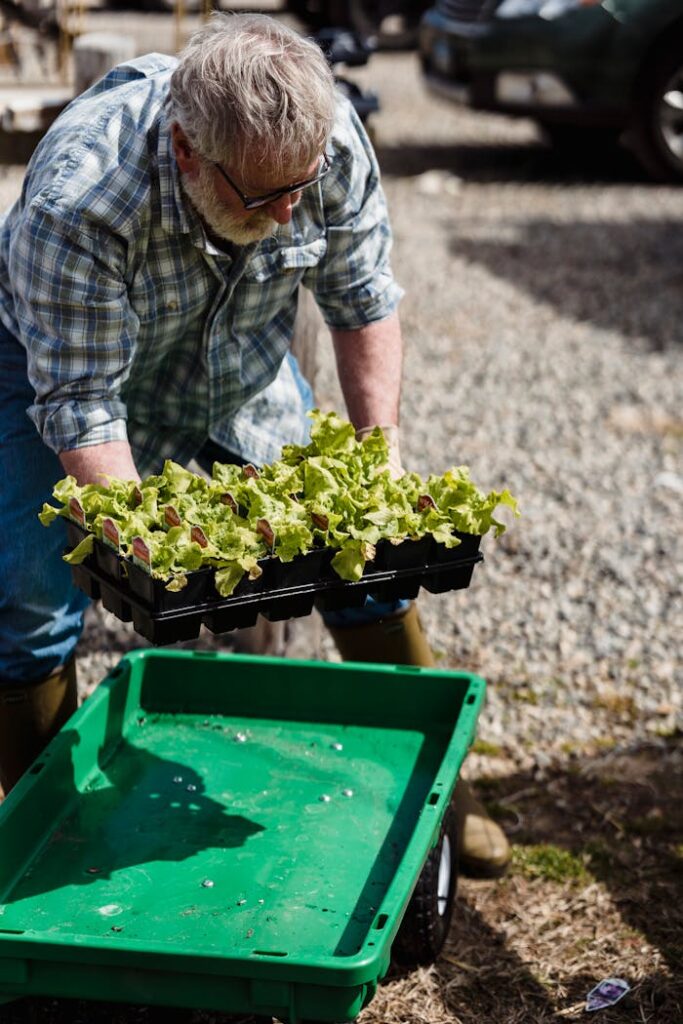
Lettuce is another great choice for novice gardeners. It grows well in cooler weather and can be harvested quickly, making it ideal for those new to gardening. Lettuce prefers partial shade to full sun and requires consistently moist soil.
Rich in vitamins A and K, lettuce also provides dietary fiber. It has a relatively low environmental footprint due to its quick growth and low resource needs. Economically, growing lettuce at home reduces grocery bills and offers a fresh, low-calorie option for salads and sandwiches.
3. Spinach – Nutrient-Rich and Simple

Spinach is a nutrient-dense green that’s straightforward to grow. It thrives in cooler temperatures and can be harvested multiple times from the same plant, which makes it a productive choice.
Spinach prefers full sun to partial shade and needs regular watering to keep the soil moist. It’s packed with vitamins A, C, and K, along with iron and calcium, making it a healthful addition to your diet.
Spinach’s environmental impact is minimal, as it grows quickly and requires less water than many other vegetables. Growing spinach can be cost-effective and provides a significant nutritional boost.
4. Carrots – Easy to Grow, High in Benefits

Carrots are a bit more involved but still manageable for beginners. They require loose, well-draining soil and a bit more patience, as they take several months to mature. Carrots grow best in full sun and need consistent moisture to develop properly. They are rich in beta-carotene, fiber, and antioxidants.
Carrots have a moderate environmental impact, requiring a bit more water and resources compared to quicker-growing vegetables. However, they can be economical to grow and contribute to eye health and skin quality due to their high vitamin A content.
5. Green Beans – Versatile and Low-Maintenance
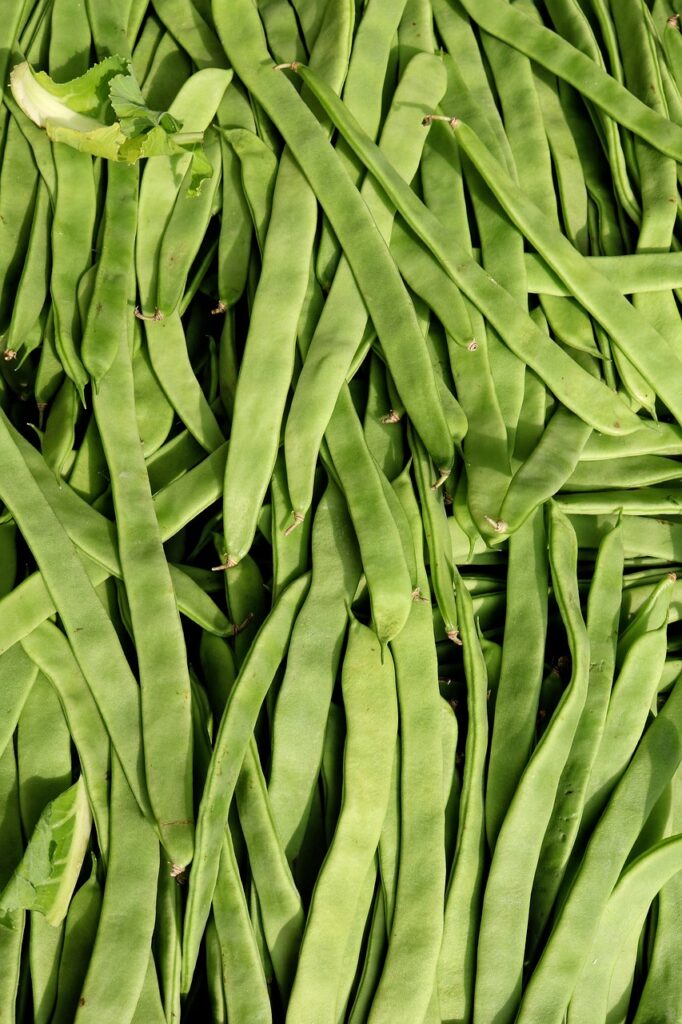
Green Beans are versatile and relatively easy to grow, especially if you choose bush varieties. They thrive in full sun and need regular watering, especially during flowering. Green beans are high in vitamins A, C, and K, and provide dietary fiber. They have a moderate environmental footprint, as they require some resources but offer a high yield. Growing green beans at home can reduce grocery expenses and provides a nutrient-rich addition to meals.
6. Tomatoes – A Bit More Effort, Big Rewards

Tomatoes are a bit more demanding but still a good option for beginners who want to grow their own. They require full sun and regular watering to thrive, and they benefit from well-draining, fertile soil. Tomatoes are rich in vitamins A and C and antioxidants like lycopene. They have a moderate environmental impact, needing more water and resources but offering high productivity. Growing tomatoes at home can reduce grocery costs and provides a fresh, nutrient-dense ingredient for various dishes.
7. Zucchini – Prolific and Easy to Care For

Zucchini is a prolific summer squash that’s easy to grow and produces a lot of fruit. It grows best in full sun and needs consistently moist soil. Zucchini is low in calories and high in vitamins A and C, as well as potassium. It has a moderate environmental impact, with a high yield and resource needs. Economically, zucchini can be a great choice as it provides a plentiful harvest and supports hydration and digestion.
8. Bell Peppers – Colorful and Manageable

Bell Peppers are colorful and sweet vegetables that require a bit more care but are still manageable for new gardeners. They prefer full sun and need regular watering to thrive. Bell peppers are high in vitamins A and C, and antioxidants. They have a moderate environmental footprint, with relatively higher water and resource needs. Growing your own bell peppers can be cost-effective and provides important vitamins and antioxidants for a healthy diet.
9. Cucumbers – Refreshing and Simple

Cucumbers are refreshing and grow quickly, making them a good choice for beginners. They thrive in full sun and need consistently moist soil. Cucumbers are low in calories and high in water, making them great for hydration and providing vitamin K. They have a moderate environmental impact with a high yield and resource needs. Growing cucumbers can reduce grocery costs and offers a hydrating, low-calorie vegetable for various recipes.
10. Kale – Hardy and Nutrient-Dense

Kale is a hardy green that’s packed with nutrients and can withstand cooler temperatures. It requires full sun to partial shade and consistent moisture to grow well. Kale is rich in vitamins A, C, and K, and provides calcium and antioxidants. It has a moderate environmental impact, being resilient and adaptable but requiring moderate resources. Growing kale can be cost-effective and contributes to overall health with its high vitamin content.
Essential Tips for Beginners
Starting a veganic garden can feel like a big task, but it doesn’t have to be overwhelming. With a few basic tips and some simple steps, you’ll be on your way to growing your own delicious veggies in no time. Here’s a guide to help you get started:
1. Choose the Right Location
Most vegetables need plenty of sunlight to thrive. Aim for a spot in your garden that gets at least 6-8 hours of direct sunlight each day. If you’re gardening in a smaller space or using containers, make sure to place your plants where they’ll receive ample light. Pick a location that’s easy for you to reach. You’ll need to water, weed, and check on your plants regularly, so a convenient spot will make your gardening tasks easier.
2. Prepare the Soil
Healthy soil is crucial for a successful garden. Most vegetables prefer well-draining, loamy soil. If your soil is heavy clay or sandy, consider adding organic matter like compost to improve its texture and fertility. It’s a good idea to test your soil to understand its pH and nutrient levels. Kits are available at garden centers and online. Most vegetables thrive in soil with a pH between 6.0 and 7.0. If your soil is too acidic or alkaline, you can amend it to create a more favorable environment.
Incorporate organic matter like compost or well-rotted manure into your soil. This not only improves soil structure but also adds essential nutrients, promoting healthy plant growth. Aim to add compost to your garden bed at least once a year.
3. Water Wisely
Vegetables generally need consistent moisture to grow well. Water your garden deeply and less frequently rather than shallowly and often. This encourages roots to grow deeper, making your plants more drought-resistant.
Water at the base of the plants rather than from above. This helps prevent diseases and keeps foliage dry. Early morning is the best time to water, allowing the soil to dry out before evening. Apply a layer of organic mulch, such as straw or shredded leaves, around your plants. Mulch helps retain soil moisture, suppresses weeds, and regulates soil temperature.
4. Use Natural Pest Control
Certain plants can help repel pests or attract beneficial insects. For example, marigolds can deter aphids, and basil can repel mosquitoes. Planting these alongside your veggies can reduce the need for chemical pesticides.
If pests do become a problem, use organic solutions like neem oil or insecticidal soap. These options are effective yet gentle on the environment. Keep an eye on your plants for any signs of pests or diseases. Early detection and intervention are key to preventing bigger problems.
5. Follow Vegan Gardening Practices
Opt for plant-based fertilizers like compost, seaweed extract, or fish emulsion. Avoid animal-based fertilizers such as bone meal or blood meal to stay aligned with vegan principles. Use non-animal-based pest control methods. For instance, diatomaceous earth can help manage insects, and homemade garlic sprays can deter pests naturally. Stick to vegan-friendly soil amendments like plant-based compost or green manure. These enrich the soil without relying on animal products.
6. Start Small and Scale Up
Begin with a small number of plants to avoid feeling overwhelmed. As you gain experience and confidence, you can gradually expand your garden. Focus on a few easy-to-grow vegetables and get comfortable with their care before trying more complex plants. This will help you build a solid foundation for your gardening skills.
With the right approach, realistic expectations, and a bit of care, you’ll find that cultivating your own food can be both enjoyable and fulfilling. So, grab your seeds, prepare your soil, and start planting. Your garden awaits, ready to provide you with fresh, homegrown vegetables and a sense of accomplishment. Happy gardening!

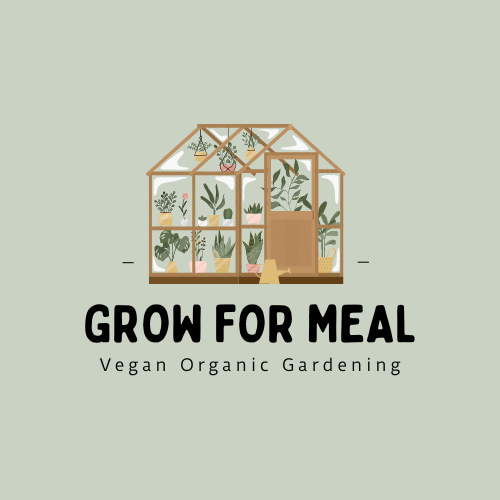

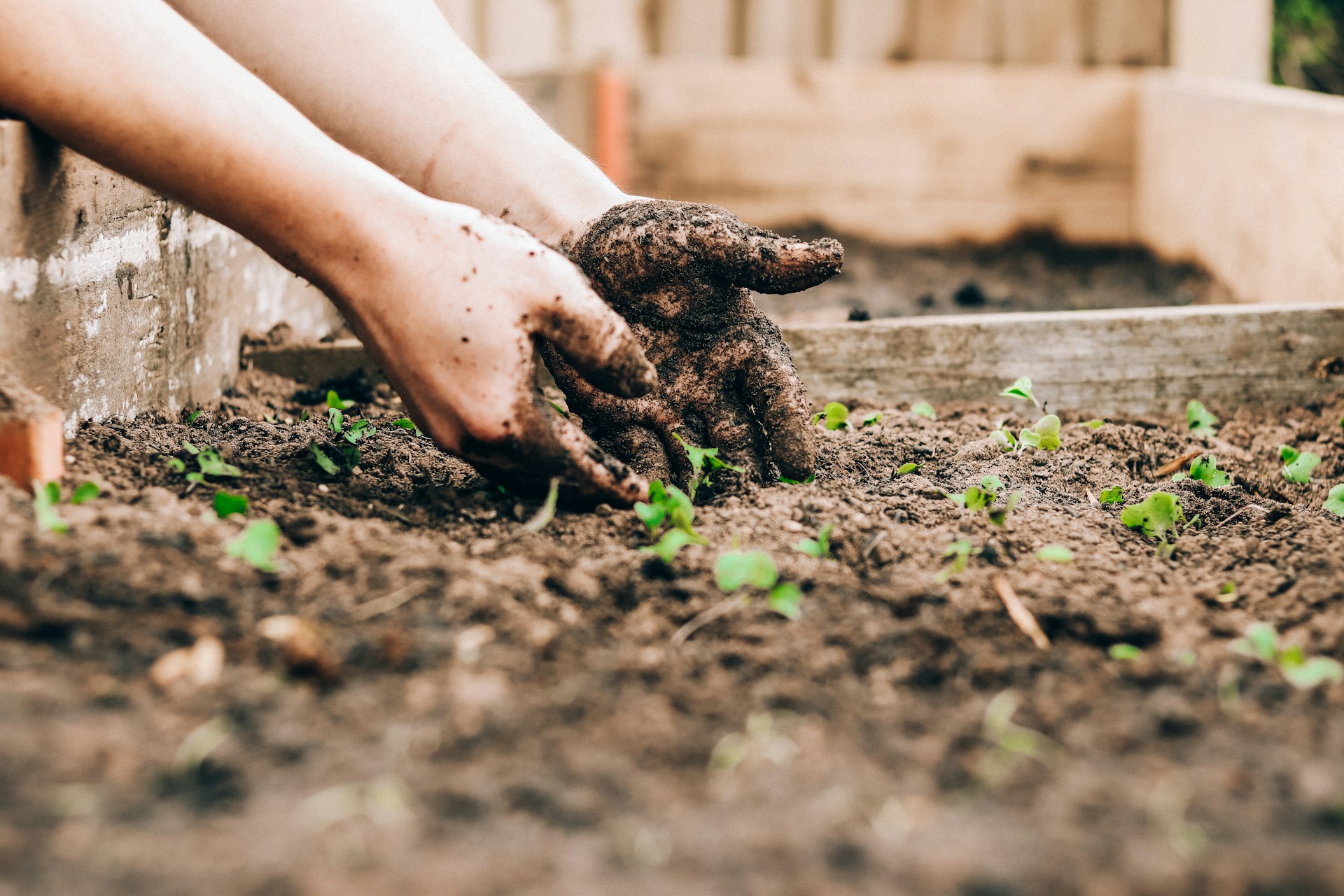

Pingback: Best Fall Vegetables to Plant in August - GrowForMeal